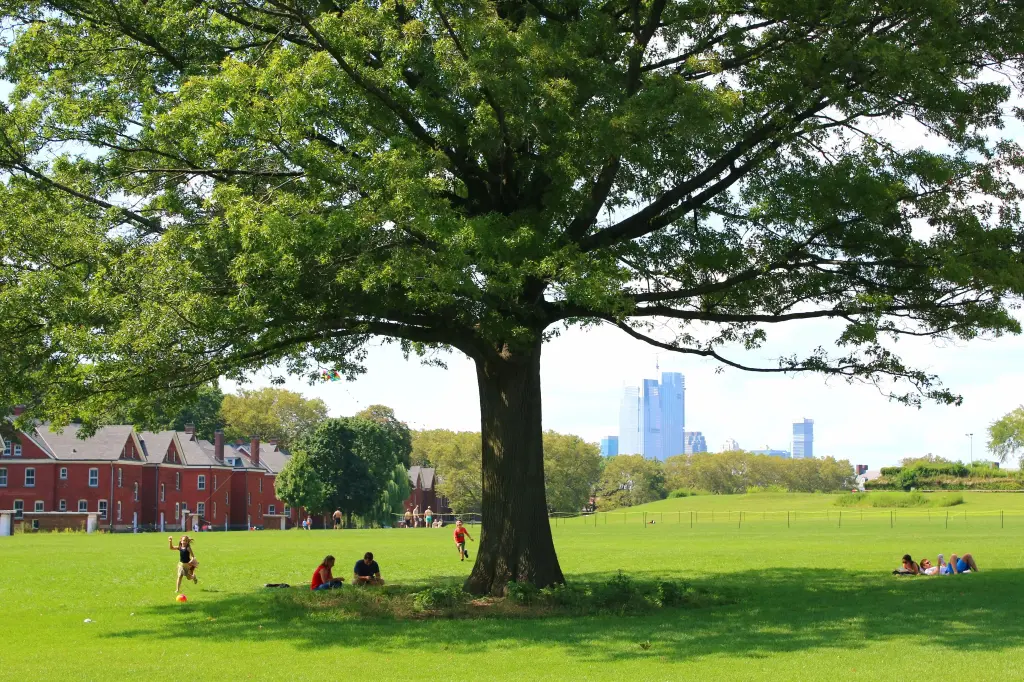A recent study highlights an unexpected downside to New York City’s tree-planting efforts. While trees are generally beneficial, the research indicates that many of the city’s 7 million trees, particularly oaks and sweetgums, emit volatile compounds known as isoprenes, which can adversely affect air quality, especially during high temperatures.
The study’s co-author, Róisín Commane, an atmospheric chemist, warns that although trees have many positive impacts, improper management could potentially worsen air quality.
The research, led by Dandan Wei of Columbia Climate School, reveals that these isoprenes interact with nitrogen oxides—pollutants from vehicles and industrial activities—to produce ozone, which can exacerbate respiratory conditions. This combination is linked to increased rates of asthma and chronic bronchitis, as detailed in the study published in Environmental Science & Technology.

In Manhattan, if the city continues to plant these isoprene-emitting trees at the current rate, researchers predict a 140% increase in isoprene levels and a 30% rise in ozone. The situation in Queens could be even more severe, with both isoprene and ozone levels potentially quadrupling.
Oak trees, which constitute 37% of the city’s tree population, release significantly more isoprene compared to other species like maples, particularly when temperatures rise above 90 degrees Fahrenheit.
Satellite imagery and Parks Department data used in the study reveal that local trees contribute to ozone formation on hot days. However, the researchers emphasize that the trees themselves are not the problem; rather, it’s the combination of their emissions with nitrogen oxides from pollution. They advocate for reducing nitrogen oxide emissions to mitigate the adverse effects of tree emissions.
Despite ongoing efforts to cut down on nitrogen oxides, significant improvement in air quality could take up to 80 years, according to the researchers. The study underscores the complexity of balancing urban green spaces with air quality management and suggests that focusing on reducing car emissions could be key to addressing these environmental concerns.

